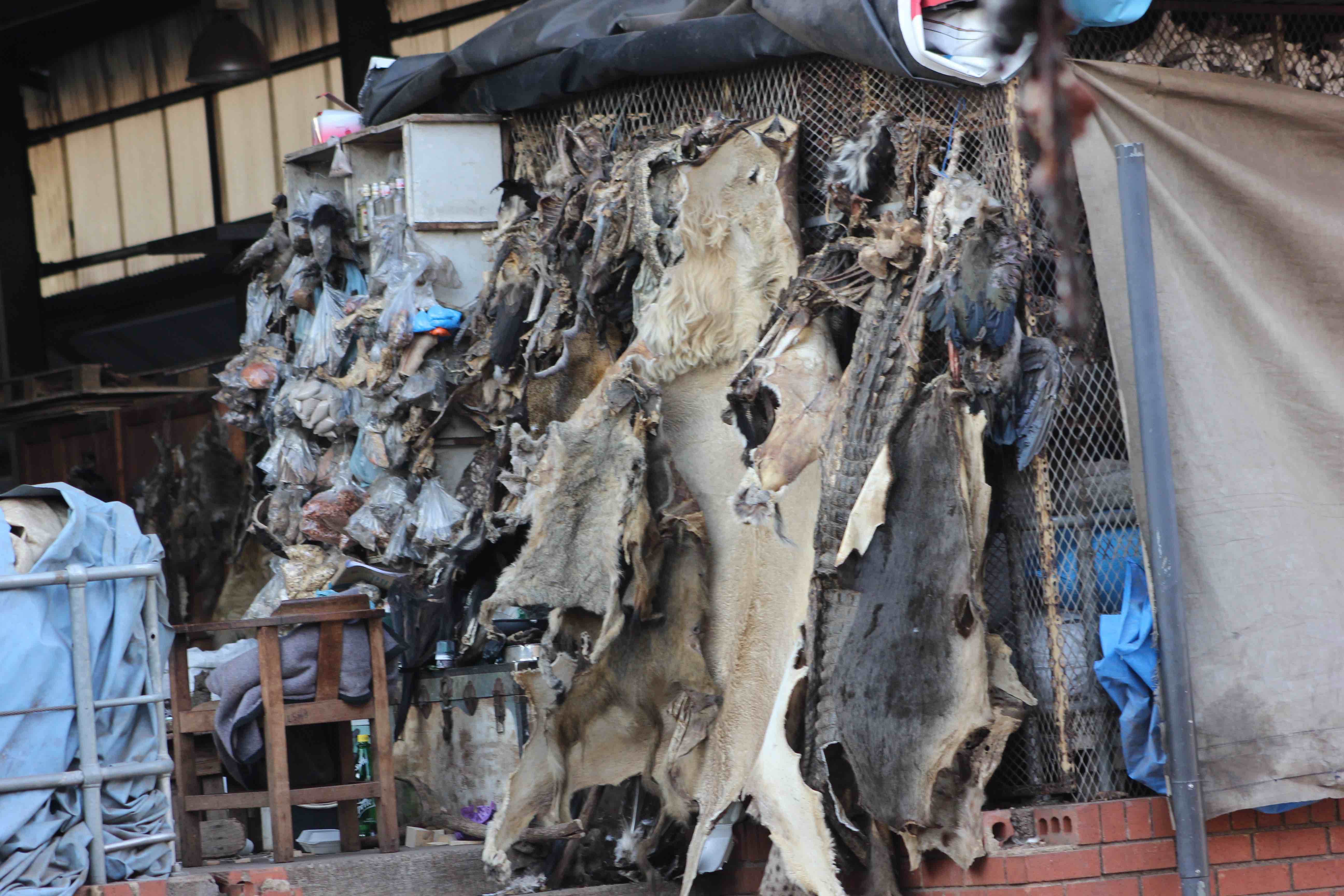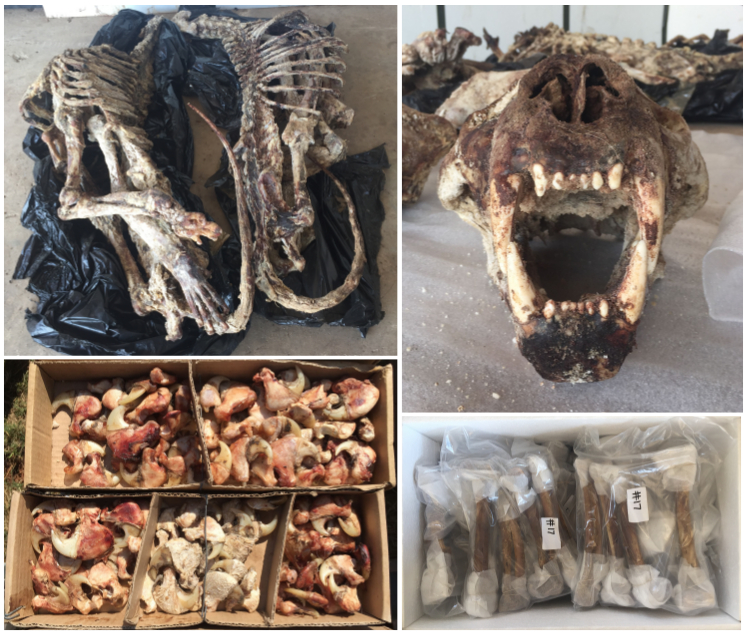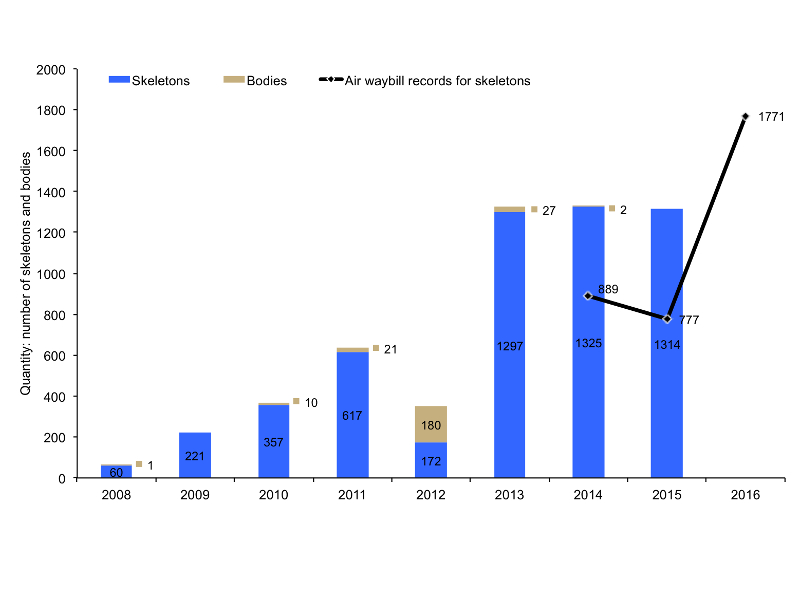News
A roaring trade? Are wild lions across Africa under threat from demand for their bones and body parts?
For several years now an uneasy feeling has grown amongst lion conservationists that a new threat was evolving to further blight this increasingly threatened species. The fear was that consumptive use and trade (especially illegal) in the body parts of wild lions was proliferating. However, not withstanding worrisome suspicions, nobody had comprehensively taken stock. That was, until this month when a team comprising Oxford University’s WildCRU together with TRAFFIC, published two crucial papers. Both were led by WildCRU’s Dr Vivienne Williams from her base in the University of the Witwatersrand (Johannesburg).
Although the biggest fears concern wild lions, the story began in 2015 with a report entitled Bones of Contention, led by Vivienne together with Andrew Loveridge and David Macdonald of WildCRU and David Newton of TRAFFIC. This earlier report had documented the roots and, to many, astonishing growth of the legal trade in captive-origin lion bones exported to Asia from South Africa. The same team had been anxious to find out what had happened in the meantime, and their new paper is no less startling than its predecessor. In A roaring trade? The legal trade in Panthera leo bones from Africa to East-Southeast Asia, they document that no less than 70 tonnes of captive-origin lion bones have been shipped to Asia since 2008 (>6000 skeletons). Furthermore, there was a surge in exports in the last quarter of 2016 following the CoP17 decision that a quota on exports was to be implemented for South Africa in 2017. Upwards of 99% of these bones were sourced legally from farmed South African lions (<1% from wild-origin ones in Namibia) – so while their numbers are large, the impact on wild lion populations in South Africa appears minimal. However, economists will surely wonder, as did the authors, what indirect effect this trade may have on the demand for wild lion bones, and the difficulties of policing it. Thus, confirmation that 116kg of bones were shipped from Uganda to Laos in 2016 was of particular concern.
So, turning their attention away from South Africa’s captive-bred lions, Vivienne and her WildCRU/TRAFFIC team set about gleaning evidence of trade across the continent in the body parts (claws, teeth, skin, bones etc) of wild lions. Since such trade would be mostly unregulated or illegal (i.e. without CITES permits), statistics were not available, so the researchers turned to those most likely to be informed of current trends: lion conservationists, often in remote areas throughout Africa. They conducted a detailed questionnaire survey of 65 of these cognoscenti in 2014/15. The results are reported in their second paper, Questionnaire survey of the pan-African trade in lion body parts. Their informants suggest that ‘zootherapeutic’ uses (which encompasses traditional medicines, both Asian and African) are the primary drivers of the use and trade in lion parts. While the international trade sees farmed bones being shipped to Asia for traditional medicinal uses, the local trade largely involves body parts such as claws, teeth and skin for ceremonial, decorative and curio purposes (particularly for the tourist trade). As a threat to wild lions, this trade still seems to be ‘incipient’ – most respondents had a strong sense that the trade was poised to take off, but they had little evidence at the time that it had done so. Nonetheless, the most persistent warnings came from Tanzania, Zimbabwe, Mozambique, Zambia, Botswana, Kenya, Nigeria and Cameroon. To identify all the drivers of lion consumption and effect greater protection of wild lions across Africa from the rising risks of trade, it is obvious that we called for consistent monitoring, data-gathering, information sharing and collaboration among all range states.








